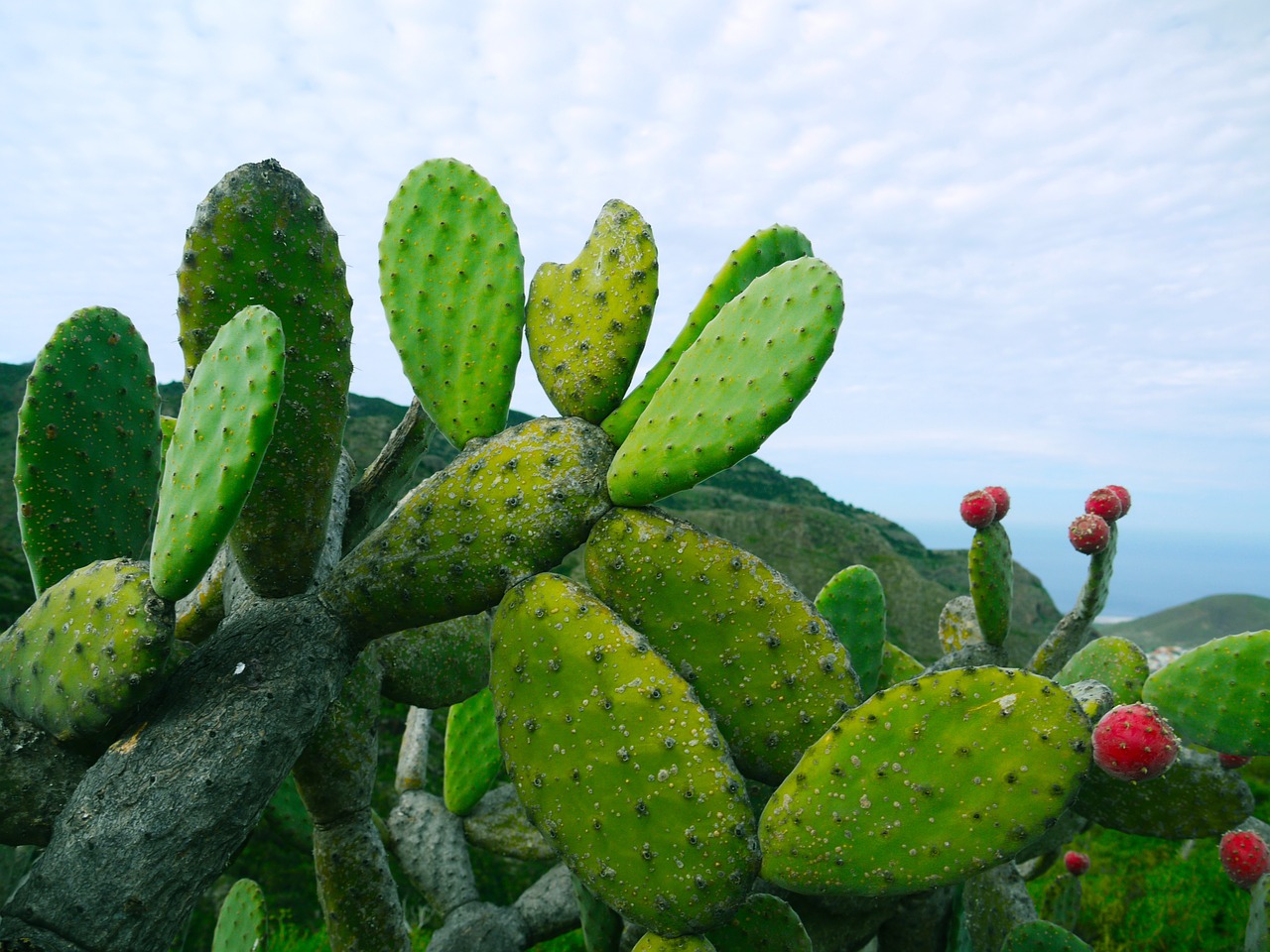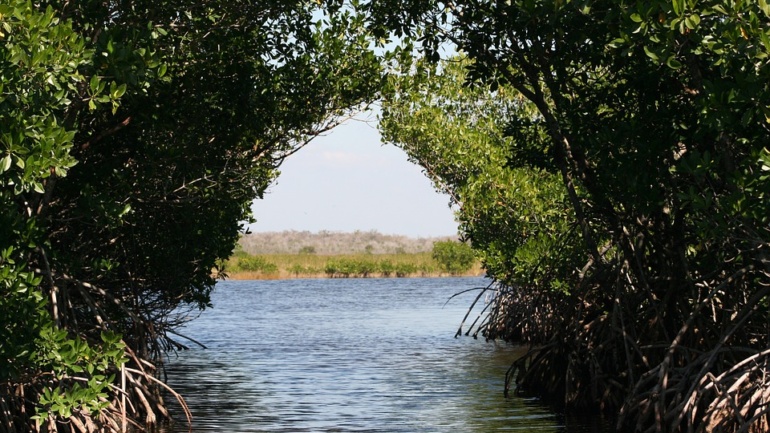By Seren Nurgun, Staff Writer for Save The Water™ | April 27, 2016
As global water safety issues continue to increase in complexity, scientists have increased their efforts to research alternative solutions. A joint Yale University and University of Virginia study published in 2008 concluded that the Prickly Pear Cactus contains special properties that allow the plant to naturally filter out certain water contaminants.1 Dr. Norma Alcantar and her team at the University of South Florida have also studied this relationship and found similar results. The mucilage of a cactus is composed of its “inner guts.”3
Dr. Alcantar explains, “We found there is an attraction between the mucilage of cactus and arsenic…The mucilage also attracts sediments, bacteria and other contaminants. It captures these substances and forms a large mass or ‘floc’ that sort of looks like cotton candy. For sediments, the flocs are large and heavy, which precipitate rapidly after the interaction with mucilage.”3
This method has been utilized before. According to Dr. Alcantar, “Latin American communities once used the cactus (Opuntia ficus indica) to filter water…But this is ‘knowledge that is almost gone’ in Mexican homes.”2
Because the most rural areas in the world are less likely to have clean water sustainably available , technological advancements in this particular field must be practical and effective. By studying how this process works in the cactus, scientists may be able to identify the exact mechanisms and apply them to a potentially large-scale water treatment solution. “Drinking water treatment typically includes coagulation, sedimentation, filtration, and disinfection. Coagulation is a critical step in water treatment processes not only because it removes particles but because it is also removing the microorganisms that are often attached to the particles.”1 The removal of potentially harmful microorganisms can lead to greater human health.
Based on the results of studies that Dr. Alcantar’s team completed, “boiling a slice of cactus and then adding it to unclean water would provide the cheapest and simplest means of cleaning water in places where other technologies are unavailable or unaffordable.”TEXT HERE Furthermore, because these cacti can mostly be found locally in some areas affected by contaminated water (arid and semi-arid regions), the implementation of wide-scale use of the plant’s natural capabilities may prove to “contribute to advancing the goal of sustainable water treatment technologies that are themselves sustainable.”1
Save The Water™ works to provide public awareness to new and innovative technology that can use to help solve problem of water contamination around the world. Using cacti could be a natural and cost effective solution to removing pathogens that are detrimental to human health.
References
- Miller, S. M., Fugate, E. J., Oyanedel Craver, V., Smith, J. A., & Zimmerman, J. B. (2008, April 16). Toward understanding the efficacy and mechanism of Opuntia spp. as a natural coagulant for potential application in water treatment. Environmental Science & Technology, 42(12), 4274-4279. doi:10.1021/es7025054
- Cunningham, A. (2005, September 17). Cactus goo purifies water. Science News, 168(12), 190. Retrieved from http://www.phschool.com/science/science_news/articles/cactus_goo.html
- American Chemical Society. (2016, March 13). Desert cactus purifies contaminated water for aquaculture, drinking and more (video). Retrieved from http://www.acs.org/content/acs/en/pressroom/newsreleases/2016/march/cactus-water-purifier.html
- Edwards, L. (2010, April 30). Common cactus could be used to clean water. Retrieved from http://phys.org/news/2010-04-common-cactus.html





